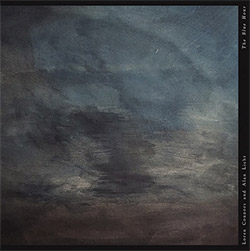
Celebrating three decades of collaboration, Loren Connors and Alan Licht performed at Café OTO in 2023, captured in their first set with Connors on piano before shifting to guitar, their improvisation unfolding with spacious warmth, melodic restraint, and shimmering textures that evoke Rothko-like hues, blending blues abstraction and lyrical fragments into a calm, luminous dialogue.
In Stock
Quantity in Basket: None
Log In to use our Wish List
Shipping Weight: 3.00 units
EU & UK Customers:
Discogs.com can handle your VAT payments
So please order through Discogs
Sample The Album:
Loren Connors-piano
Alan Licht-guitar
Click an artist name above to see in-stock items for that artist.
UPC: 5056321696366
Label: Otoroku
Catalog ID: ROKU 037CD
Squidco Product Code: 36194
Format: CD
Condition: New
Released: 2025
Country: UK
Packaging: Digipack
Recorded live at Cafe OTO, in London, UK, on May 6th, 2023, by Billy Steiger.
"Celebrating thirty years of collaboration, Loren Connors and Alan Licht performed for two nights at OTO on May 5 and 6th, 2023. On the second night, with the stage lit in blue, Connors took up a seat on the piano stool whilst Licht picked up the guitar. What followed was the duo's first ever set with Connors on piano - one of only a few times Connors has played piano live at all - here captured and issued as The Blue Hour. Its spacious warmth came as a total surprise live, but makes complete sense for a duo whose dedicated expressionism takes inspiration from a vast spectrum of emotion.
Both opening with single notes to start, it doesn't take long before a surface rises and begins to shimmer. A run up the keys, the drop of a feedback layer on a sustained and bent note. The two begin to exchange notes in tandem and brief touches of melody and chord hover. After a while, Connors picks up the guitar, stands it in his lap and sweeps a wash of colour across Licht's guitar. Sharp, glassy edges begin to form, open strings and barred frets darkening the space. When his two pedals begin to merge, Licht finds a dramatic organ-like feedback and it's hard not to imagine Rothko's Chapel, its varying shades of blue black ascending and descending in the room.
When Connors goes back to the piano for the second side, the pair quickly lock into a refrain and light pours in. It's a kind of sound that Licht says reminds him of what he and Connors would do when the duo first started playing together 30 years ago. It's certainly more melodic than some of their more recent shows, and the atonal shards of At The Top of the Stairs seem to totally dissolve. What is always remarkable about Licht is that his enormous frame of reference doesn't seem to weigh him down, and instead here he is able to delicately place fractures of a Jackson C Frank song ("Just Like Anything",) amongst the vast sea of Connors' blues.
Perhaps it's the pleasure of playing two nights in a row together, or the nature of Connor's piano playing combined with Licht's careful listening, but the improvisation on The Blue Hour feels remarkably calm and unafraid. There's nothing to prove and no agenda except the joy of sounding colour together. Totally beautiful.
Loren Connors has improvised and composed original guitar music for over four decades. His music - which embraces the aesthetics of blues, Irish airs, blues-based rock and other genres while letting go of rigid forms - has been recorded on Family Vineyard, Northern Spy, Drag City, Recital, and other labels. Connors names abstract expressionist painter Mark Rothko his most important influence, and has honed his aesthetic not only through music but also through experimentations in haiku and visual art. He has performed with Kim Gordon, Daniel Carter, Keiji Haino, John Fahey, Alan Licht, Tom Carter, Jandek, and others. Connors also has performed with an avant blues band called Haunted House, together with vocalist Suzanne Langille, guitarist Andrew Burnes and percussionist Neel Murgai. Masters of Cinema released the Carl Dreyer film, The Passion of Joan of Arc, featuring a soundtrack composed and performed by Loren Connors. In recent years, Connors has focused mostly on live recordings of extended blues abstractions, with occasional performances in a more avant blues rock vein from time to time through the Haunted House band and collaborations with other artists.
Over the past two decades, guitarist Alan Licht has worked with a veritable who's who of the experimental world, from Rashied Ali and Derek Bailey to Fennesz to Christian Marclay to Rhys Chatham and Phill Niblock. Licht is also renown in the indie rock scene as a bandleader (Run On, Love Child) and supporting player to cult legends like Yoko Ono, Tom Verlaine, Arthur Lee, Arto Lindsay, and Jandek. With Sonic Youth's Lee Ranaldo, he founded Text of Light, an ongoing ensemble which performs freely improvised concerts alongside screenings of classic avantgarde cinema.
Licht was curator at the famed New York experimental music venue Tonic from 2000 until its closing in 2007, and has written extensively about the arts for the WIRE, Modern Painters, Premiere, Village Voice, New York Sun, and other publications. His books include Common Tones: Selected interviews with artists and musicians 1995-2020 (Blank Forms, 2021), Sound Art Revisited (Bloomsbury, 2019), and Will Oldham on Bonnie Prince Billy (Faber & Faber/W.W. Norton, 2012).
"-Otoroku
Artist Biographies
• Show Bio for Loren Connors "Loren MazzaCane Connors (born October 22, 1949, New Haven, Connecticut) is an American experimental musician who has recorded and performed under several different names: Guitar Roberts, Loren Mazzacane, Loren Mattei, and currently Loren Connors. He is a prolific collaborator who has worked with artists including Alan Licht, Jim O'Rourke, bassist Darin Gray, Thurston Moore, John Fahey, Keiji Haino, Jandek, Suzanne Langille, avant garde poet Steve Dalachinsky, Chan Marshall, Margarida Garcia, Kath Bloom and blues musician Robert Crotty. An early champion of Connors's music was Dr. William Ferris, noted blues historian who served as head of the National Endowment for the Arts under the Clinton Administration. Connors made contact with him in the late 1970s, while Dr. Ferris was teaching at Yale University. Although Ferris did not know it at the time, Connors was the janitor who cleaned his office. Many years later, Ferris wrote the liner notes for a sweeping compilation CD set of Connors's seven-inch recordings, called "Night Through." Best known as a composer and improviser on acoustic and electric guitar, Connors has released over 50 albums, on commercial record labels such as Table of the Elements and Father Yod as well as on his own Black Label, St. Joan and Daggett self publishing imprints. They include spare solo and duo blues, ensemble experimental jazz, noise, drones, and folk music. From 1981-1984, Connors released six limited edition albums with singer-guitarist Kath Bloom. In the mid-1980s, Connors took a partial break from music and honed his compositional skills by focusing on the art of haiku. He received the 1987 Lafcadio Hearn Award, and he and life partner Suzanne Langille also co-wrote an article on blues and haiku, "The Dancing Ear," published in the Haiku Society of America's journal. (A book of Connors's work from this period, "Autumn Sun," was re-released by Thurston Moore and Byron Coley a couple decades later.) He wrote under the name Loren Mattei, and a music recording from this period, "Ribbon o' Blues," was also released under that name. Soon after returning to music, Connors began working with layered tracks. The first of this period was the "In Pittsburgh" album, released in 1989 (reissued by the Dexter's Cigar label in 1996). This approach to recording continued through the 1990s. Langille's vocals were featured on several recordings, and she also helped edit the music. Many of these releases were on the RoadCone label, managed by Mike Hinds. Such recordings were interspersed with live performances of guitar duets. The first of those recordings was with Japanese guitarist Keiji Haino, introduced to Connors by WFMU DJ David Newgarten, who then produced the recording, released in 1995. This was followed by the first of several recordings with guitarist Alan Licht in 1996. In the mid-to-late 1990s he led the blues-rock group Haunted House with Langille, Andrew Burnes (of the band San Agustin), and percussionist Neel Murgai. Connors and Langille also joined with San Agustin's David Daniell and Burnes for a recording on the Secretly Canadian label. In the late 1990s, Connors and John Fahey met at a Chicago event, introduced by guitarist Jim O'Rourke. Fahey, who died in 2001, included on his last CD, released posthumously in 2003, a piece called, "Red Cross, Disciple of Christ Today (for Guitar Roberts)," referring to Connors's nickname. In the mid-2000s, Connors met and performed with Jandek, a long-time improviser whose unique independence and originality had often been compared to Connors's. Since the 1990s, Connors's main label has been Family Vineyard, managed by Eric Weddle. Connors was diagnosed with Parkinson's disease in 1992. He continues to perform and record. Some of Connors's works are archived at the Blues Archive of the University of Mississippi. The University of South Carolina also has a collection of his music. In 2003 he wrote and recorded a score for the film Why Can't I Stop This Uncontrollable Dancing?." ^ Hide Bio for Loren Connors • Show Bio for Alan Licht "Born in 1968 and raised in New Jersey, I took guitar lessons at the age of ten and went on to play in typical high school cover bands and to study jazz guitar privately with Buck Brown. In my late teens, as my interests expanded to the avant-garde, I attended a seminar on improvisation given by noted west coast guitarist Henry Kaiser. Enrolling at Vassar College, I studied electronic music with Linda Fisher and composition with Annea Lockwood and Richard Wilson. By the time I graduated in 1990, I had already published articles on Minimalist composers La Monte Young, Tony Conrad, Rhys Chatham, and Charlemagne Palestine, and had recorded with former John Coltrane drummer Rashied Ali (on Rudolph Grey's Mask of Light LP). Relocating to New York City, I focused on pursuing free improvisation (with Rudolph Grey's group the Blue Humans and guitarist Loren Mazzacane Connors) as well as indie rock (the bands Love Child and Run On, as well as a brief stint with legendary 60s psychedelic rock band Arthur Lee & Love). I also began developing a repertoire of structured improvisation pieces for solo electric guitar, documented on a series of albums starting with 1994's Sink the Aging Process. These brought together my interests in reharmonization (from jazz and classical music), process, repetition, and extended duration (from Minimalism), and the textural vocabularies of rock and noise music. The albums also include tape pieces and organ works. In 1998 I began writing frequently for the British experimental music magazine The WIRE, doing several cover stories and other features. In 2000 I started handling bookings at Tonic, the estimable New York venue dedicated to showcasing a wide range of alternative music, from free improvisation to underground rock to electronica to the jazz and classical avant-gardes. This brought me into contact with numerous musicians, and I performed at Tonic myself countless times. In 2001 I co-founded the ensemble Text of Light with Sonic Youth guitarist Lee Ranaldo, a project that brings together free improvisation with screenings of historic examples of experimental cinema. Text of Light emphasizes the chance correspondences between what is happening onscreen and what is happening in the music, as a kind of live, real-time mixed-media collage. Subsequently I have made audiovisual collaborations with video artist and long-time Merce Cunningham associate Charles Atlas and Emmy-winning painter, designer and comics artist Gary Panter, which operated under similar principles. 2002 saw the publication of my first book, An Emotional Memoir of Martha Quinn, an extended personal essay about coming of age as a rock fan and musician. In 2007 my second book, Sound Art: Beyond Music, Between Categories was published - significant as the first full-length study of sound installations and sound sculpture to be published in English, and the first to examine the genre mainly from an art historical, rather than a quasi-philosophical, viewpoint. Any free improviser is also an audience member, as he or she is hearing the music for the first time. I brought this idea to performances I organized under the name the Digger Choir at Issue Project Room in 2003-2004 that conflated the roles of audience member and performer. Everyone who attended was responsible for performing the music-singing John Stevens' Sustained Piece and Yoko Ono's John Let's Hope For Piece as well as my own pieces like Subway Piece, in which they were instructed to read a magazine or book they would ordinarily read to themselves in transit out loud. The idea of speaking texts aloud that are meant to be read silently also occurs in two of my recent sound installations: On Deaf Ears (2009), in which an article about the possible hearing loss incurred by listening to music on iPod earbuds at high volume was recorded being read aloud, and played as a loop on AVA Gallery's outdoor speakers; and Cross Promotion (2010), in which the proprietors of both AVA and Diapason read aloud their press releases for coming exhibitions, the recordings were then installed in each other's gallery space. These pieces play not only on sound art's investigations of latent sounds, but on my dual work practice as a musician and a writer. In 2010 I started a project called Title TK with media artist Cory Archangel and curator Howie Chen. Cory, Howie and I are all guitarists. Considering ourselves a band, in live appearances we walk onstage with guitars but never plug them in or play; instead we simply talk to each other (mostly about music). These talks are improvised, and to me represent a negotiation between spoken and musical languages, underlining the linguistic implications of musical vocabularies and the conversational aspects of group improvisation. They also represent an application of "post- studio art" ideas to music, in removing what would be expected as essential content from the rock band format. Finally, they build upon my personal history, making a conceptual accommodation between my parallel existences in the 90s as a rock band member and free improviser. More recent activities include recording and touring with Lee Ranaldo & the Dust, an improv trio with Aki Onda and artist/filmmaker Michael Snow, a duo with Yeah Yeah Yeahs drummer Brian Chase, and a book-length interview with Will Oldham, Will Oldham on Bonnie "Prince" Billy (Faber & Faber (UK), W.W. Norton (US), Contra (Spain), 2012)." ^ Hide Bio for Alan Licht
9/9/2025
Have a better biography or biography source? Please Contact Us so that we can update this biography.
9/9/2025
Have a better biography or biography source? Please Contact Us so that we can update this biography.
Track Listing:
01. Part 1 (18:19)
02. Part 2 (12:38)
Rock and Related
Improvised Rock
Improvised Music
Guitarists, &c.
Piano & Keyboards
NY Downtown & Metropolitan Jazz/Improv
Duo Recordings
New in Rock Forms
New in Improvised Music
Recent Releases and Best Sellers
Search for other titles on the label:
Otoroku.


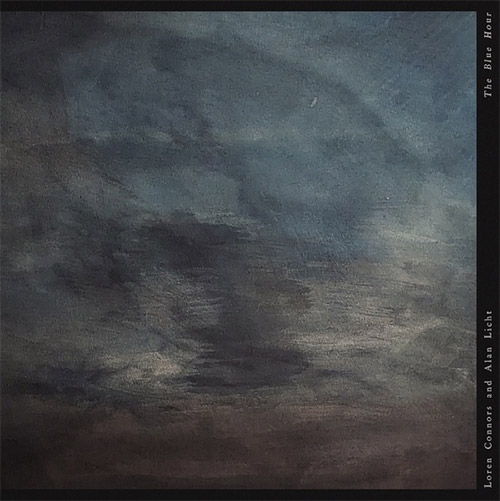
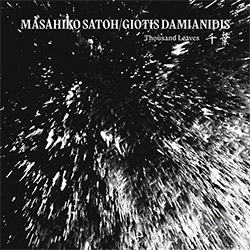
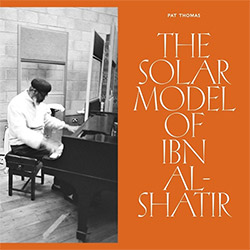


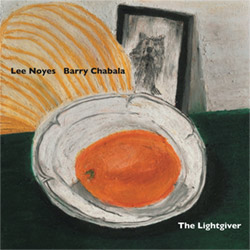
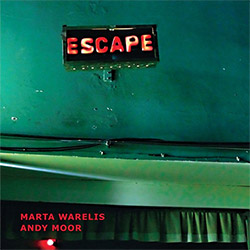
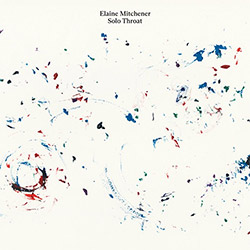
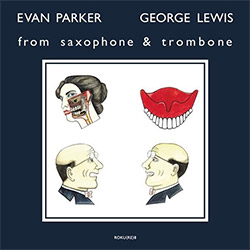
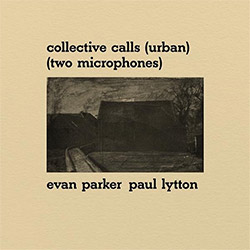
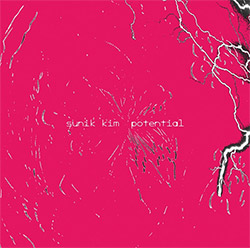
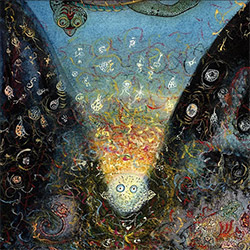
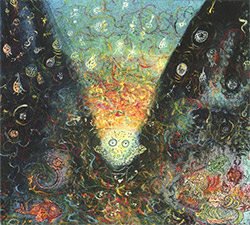
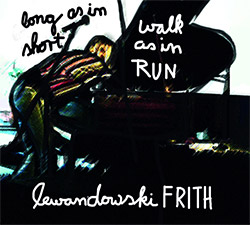
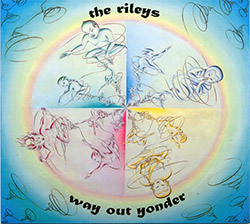
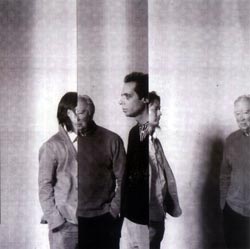

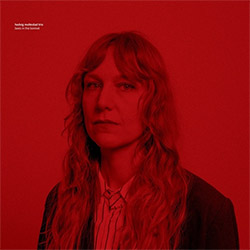
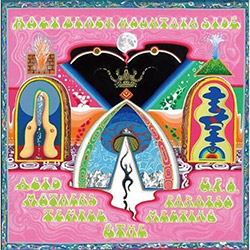
![Parker, Evan / Bill Nace: Branches (Live at Cafe OTO)[VINYL]](https://www.teuthida.com/productImages/misc4/36399.jpg)
![Ambarchi, Oren / Johan Berthling / Andreas Werliin: Ghosted III [VINYL]](https://www.teuthida.com/productImages/misc4/36542.jpg)
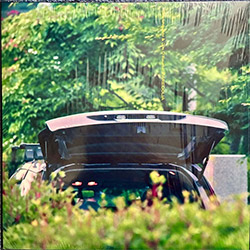
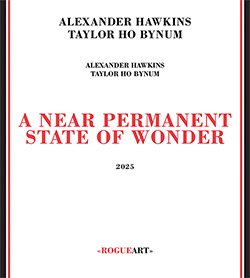
![Putman, Matthew / Hill Greene / Francisco Mela: Believe That Was Me [VINYL]](https://www.teuthida.com/productImages/misc4/36411.jpg)
![Joseph Holbrooke (w/ Derek Bailey / Gavin Bryars / Tony Oxley): Last Live 2001 - In Memoriam Derek Bailey And Tony Oxley [2 CDs]](https://www.teuthida.com/productImages/misc4/36551.jpg)
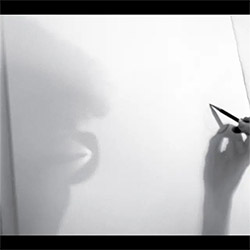

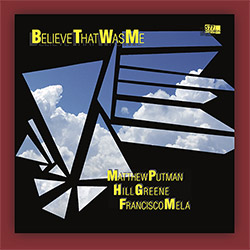
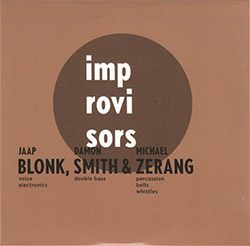
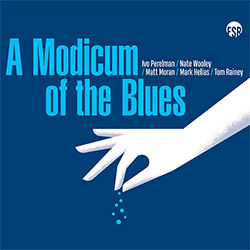
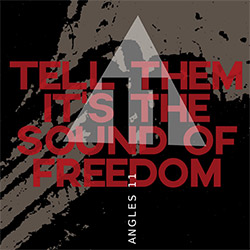
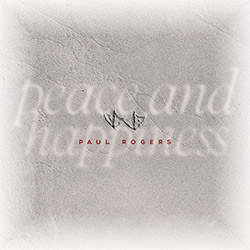
![Extraordinary Popular Delusions (Mars Williams / Jim Baker / Ed Wilkerson / Brian Sandstrom / Steve Hunt): The Last Quintet [2 CDs]](https://www.teuthida.com/productImages/misc4/36629.jpg)
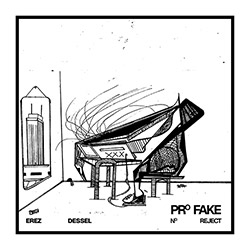

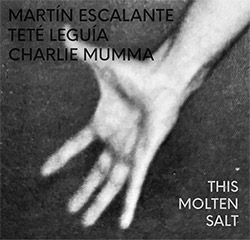
![Halat, Marcin / Maciej Garbowski: The Dialogues [2 CDs]](https://www.teuthida.com/productImages/misc4/36644.jpg)
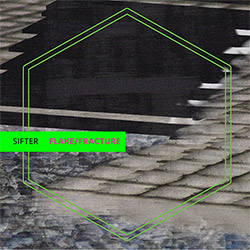
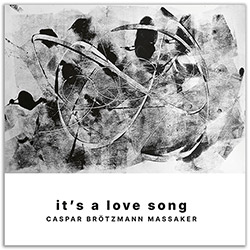
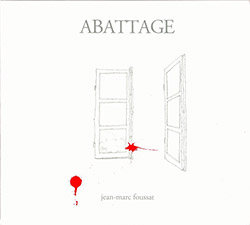
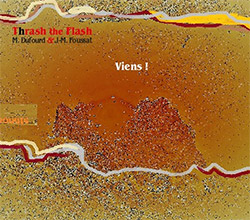
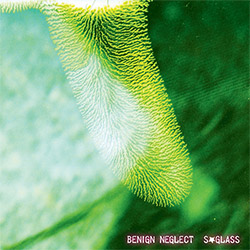
![A Magic Whistle: The Solar Cell [VINYL]](https://www.teuthida.com/productImages/misc4/36658.jpg)
![Yoshida, Tatsuya / Martin Escalante: The Sound of Raspberry [VINYL]](https://www.teuthida.com/productImages/misc4/36634.jpg)
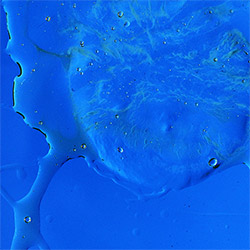
![Chadbourne, Eugene / Jair-Rohm Parker Wells : Fed Up With Bass [2 CDs]](https://www.teuthida.com/productImages/misc4/36656.jpg)
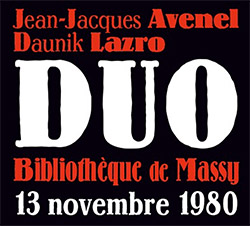
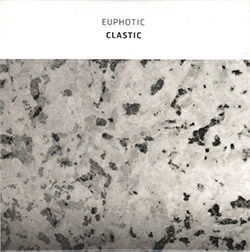
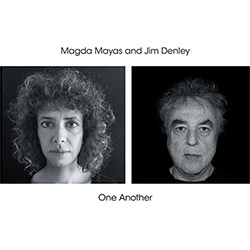
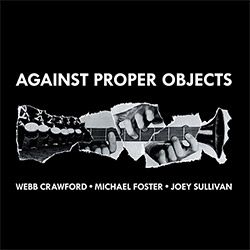
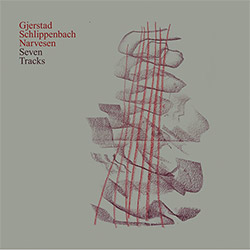
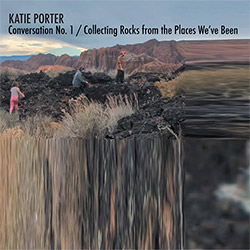
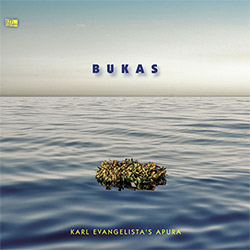
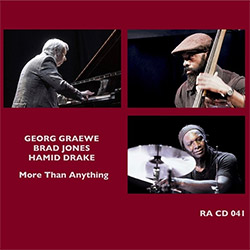
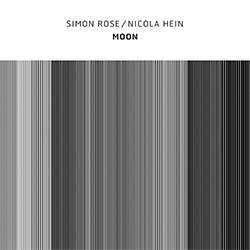
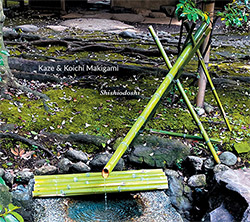
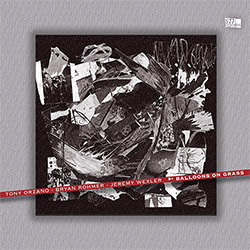
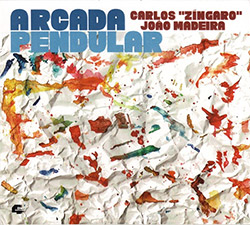
![Sun Ra: Sleeping Beauty [VINYL]](https://www.teuthida.com/productImages/misc4/36405.jpg)

![Agosti, Monica Nica / ShapeX: Ornettiana [VINYL]](https://www.teuthida.com/productImages/misc4/36514.jpg)
![McGee, Hal: Columbus Expedition [Cassette w/ Download]](https://www.teuthida.com/productImages/misc4/36650.jpg)
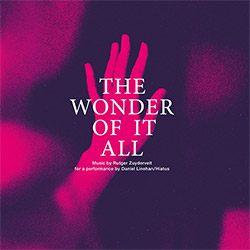

![Jaeger, Kassel: Fernweh [VINYL 2 LPs]](https://www.teuthida.com/productImages/misc4/36541.jpg)
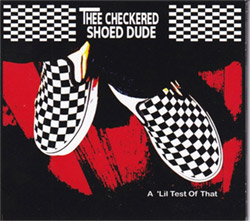
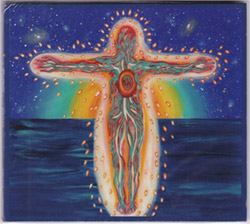
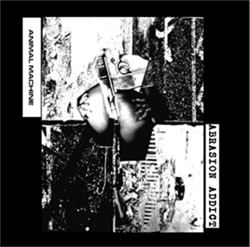
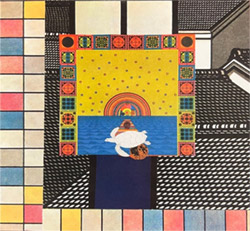
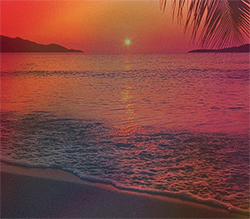
![+DOG+: The Light Of Our Lives [2 CDs]](https://www.teuthida.com/productImages/misc4/36009.jpg)
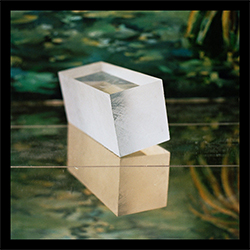
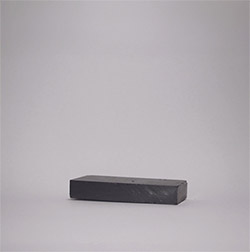
![Eternities: Rides Again [CASSETTE]](https://www.teuthida.com/productImages/misc4/36247.jpg)
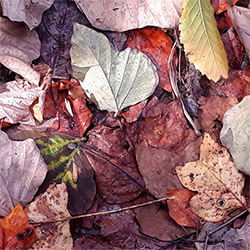
![Lopez, Francisco: Untitled (2021-2022) [2 CDs]](https://www.teuthida.com/productImages/misc4/36438.jpg)

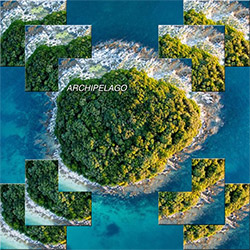
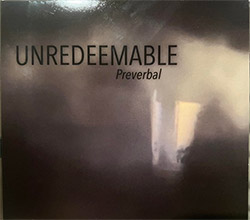
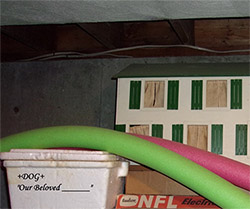
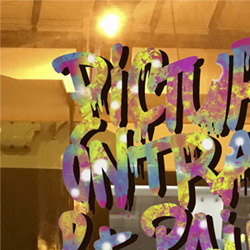
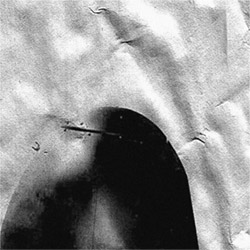
![Money : Money 2 [2 CDs]](https://www.teuthida.com/productImages/misc4/35894.jpg)
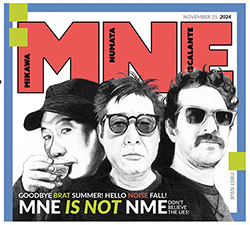
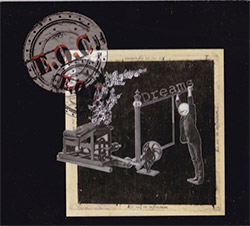
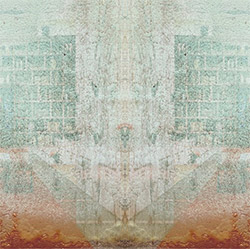
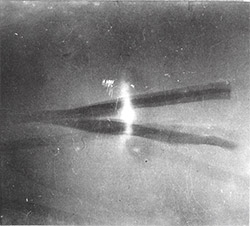
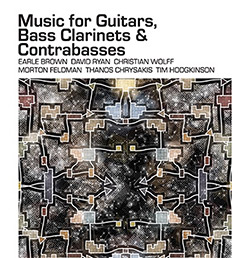

![Musicworks Magazine: #151 Summer 25 [MAGAZINE + CD]](https://www.teuthida.com/productImages/misc4/36559.jpg)
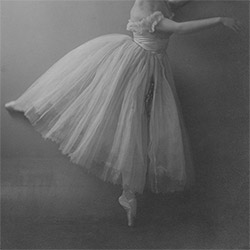
![Brown, Dan / Dan Reynolds: Live At The Grange Hall [unauthorized][CASSETTE]](https://www.teuthida.com/productImages/misc4/36245.jpg)
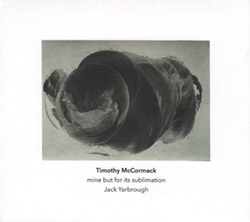
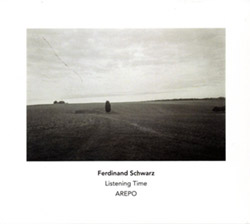
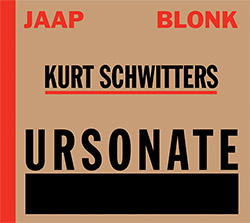
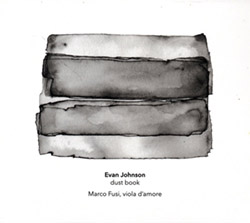
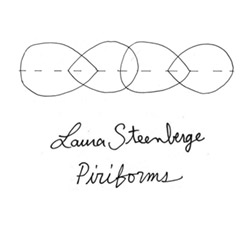
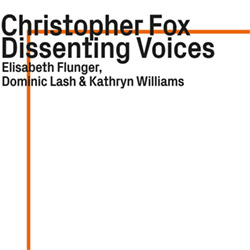
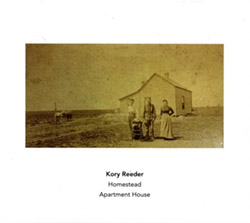
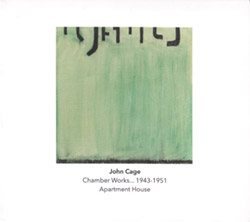
![Palestine, Charlemagne / Seppe Gebruers: Beyondddddd The Notessssss [VINYL]](https://www.teuthida.com/productImages/misc4/36206.jpg)
![Palestine, Charlemagne / Seppe Gebruers: Beyondddddd The Notessssss [NEON GREEN VINYL]](https://www.teuthida.com/productImages/misc4/36207.jpg)
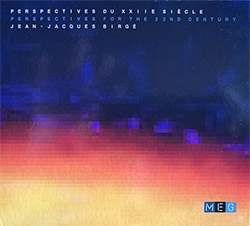
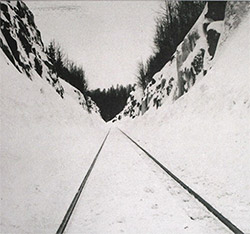
![Yoko, Ono / The Great Learning Orchestra: Selected Recordings From Grapefruit [2 CDs]](https://www.teuthida.com/productImages/misc4/35841.jpg)
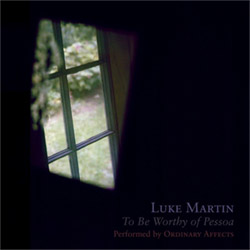
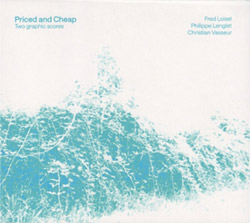
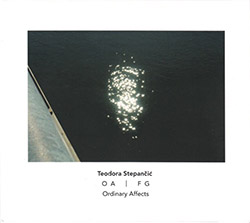
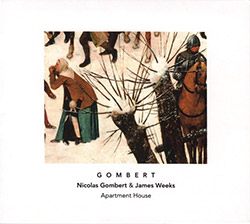
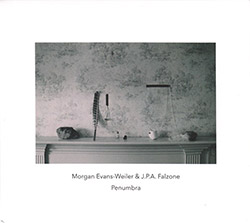

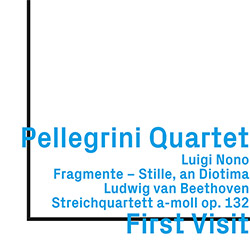
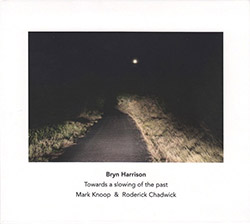
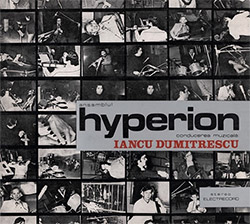
![Zorn, John / JACK Quartet: The Complete String Quartets [2 CDs]](https://www.teuthida.com/productImages/misc4/35609.jpg)
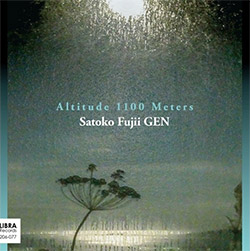
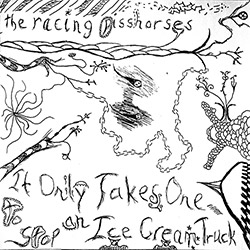
![Koenjihyakkei: Live at Club Goodman [2 CDs]](https://www.teuthida.com/productImages/misc4/36111.jpg)
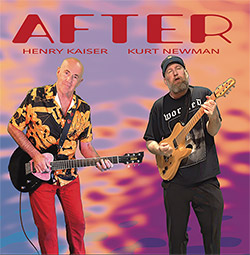
![Sorry For Laughing (G. Whitlow / M. Bates / Dave-Id / E. Ka-Spel): Rain Flowers [2 CDS]](https://www.teuthida.com/productImages/misc4/35985.jpg)
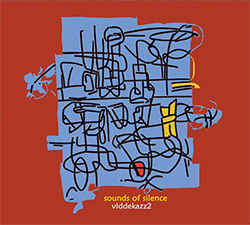
![Rolando, Tommaso / Andy Moor : Biscotti [CASSETTE w/ DOWNLOADS]](https://www.teuthida.com/productImages/misc4/36106.jpg)
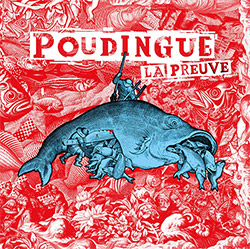
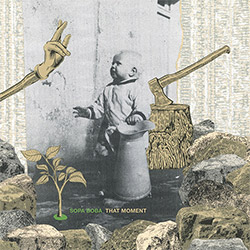
![Electric Bird Noise / Derek Roddy: 8-10-22 [CD EP]](https://www.teuthida.com/productImages/misc4/35970.jpg)
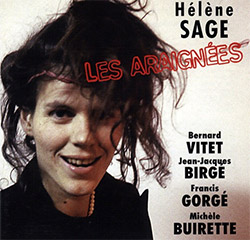
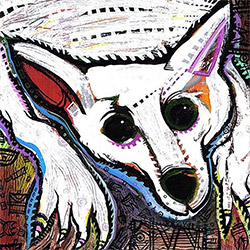
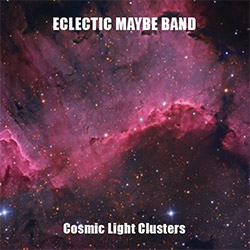
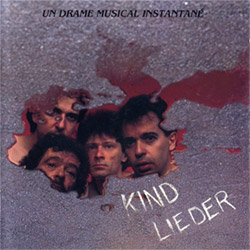
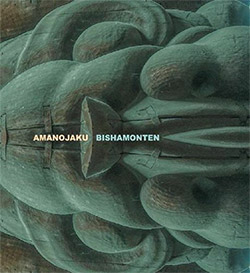
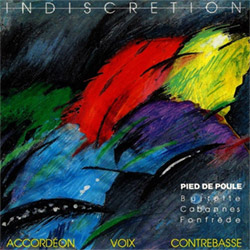
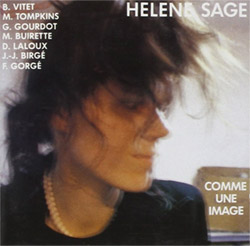

![Elephant9 : Mythical River [VINYL]](https://www.teuthida.com/productImages/misc4/34624.jpg)
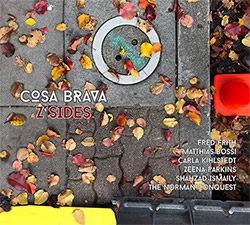
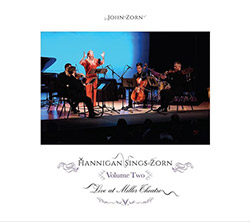

![Elephant9 with Terje Rypdal: Catching Fire [VINYL 2 LPs]](https://www.teuthida.com/productImages/misc4/35355.jpg)
![Deerlady (Obomsawin, Mali / Magdalena Abrego): Greatest Hits [VINYL]](https://www.teuthida.com/productImages/misc4/34876.jpg)
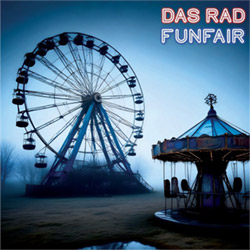
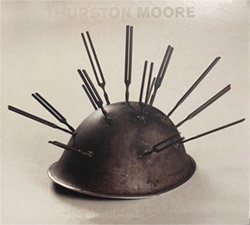
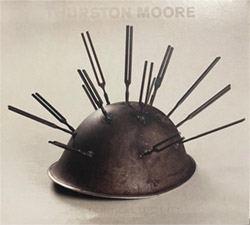
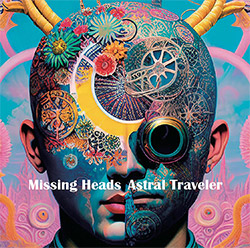
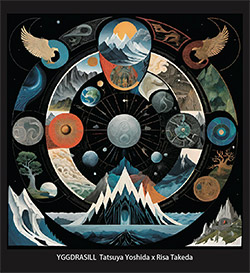
![Coley, Byron: Dating Tips for Touring Bands [VINYL]](https://www.teuthida.com/productImages/misc4/17906.jpg)
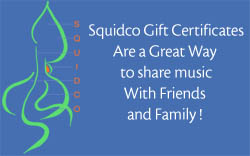
![Lost Kisses: My Life is Sad & Funny [DVD]](https://www.teuthida.com/productImages/misc4/lostKissesDVD.jpg)